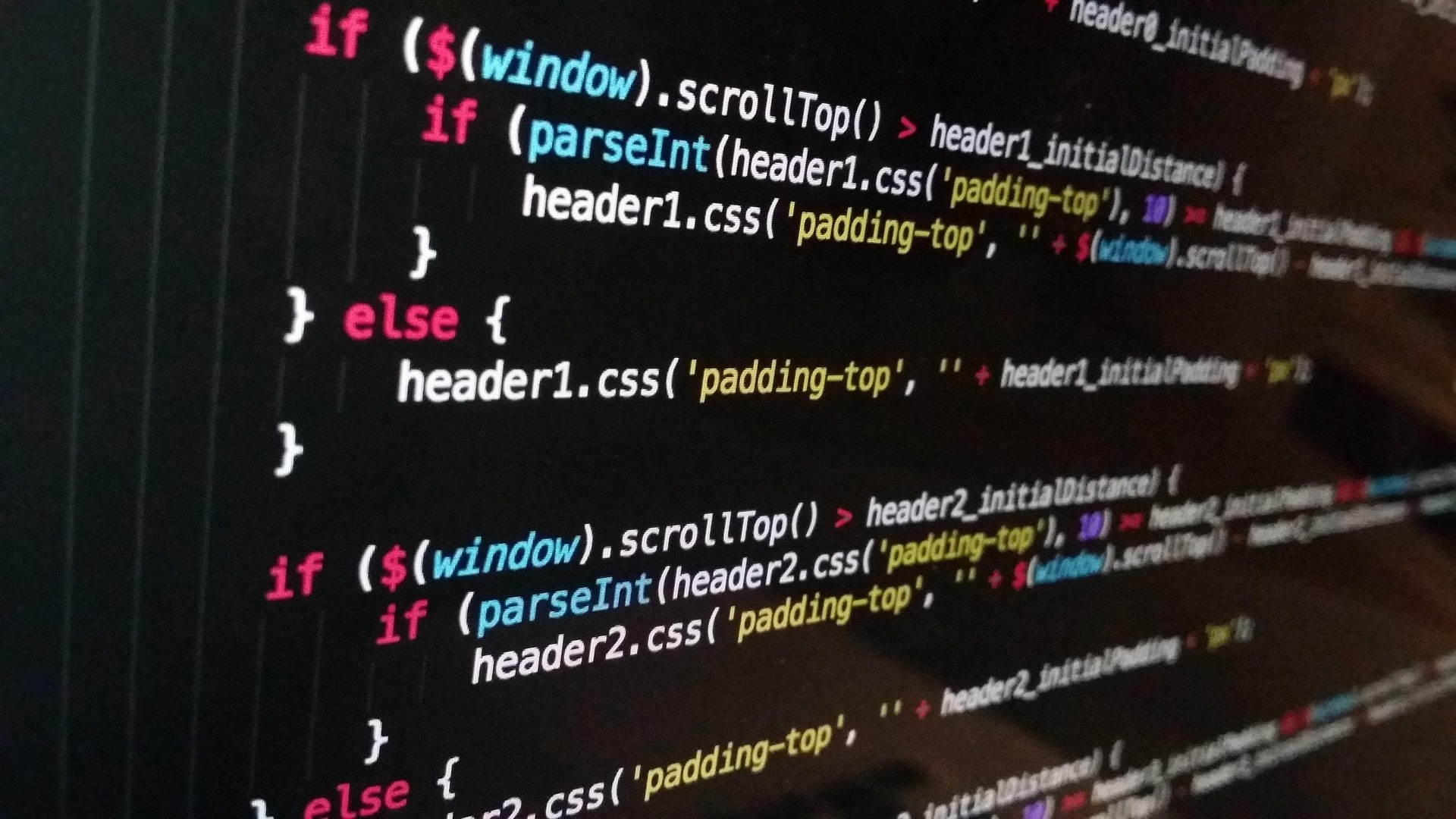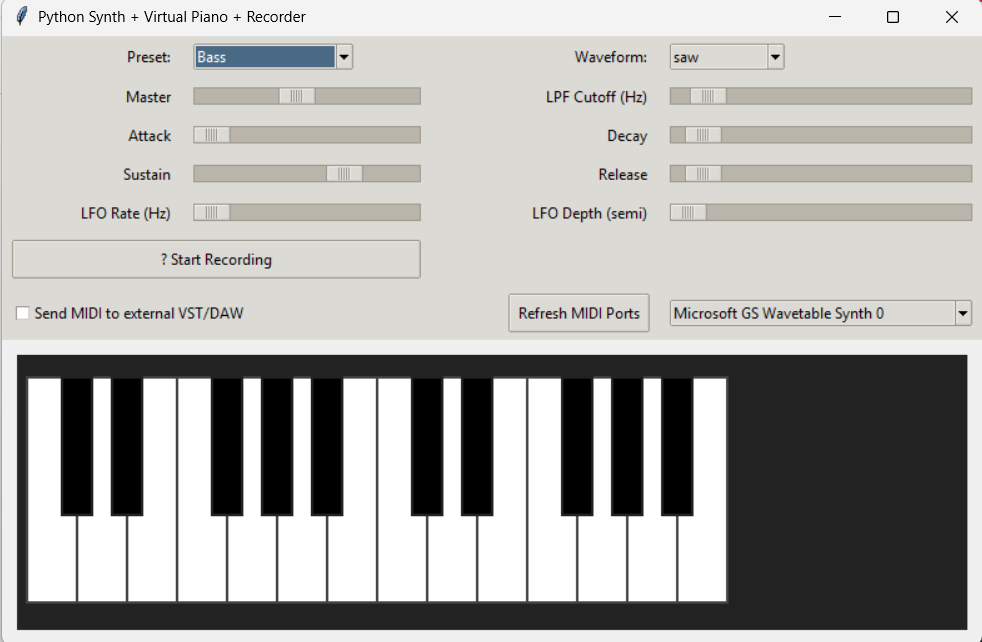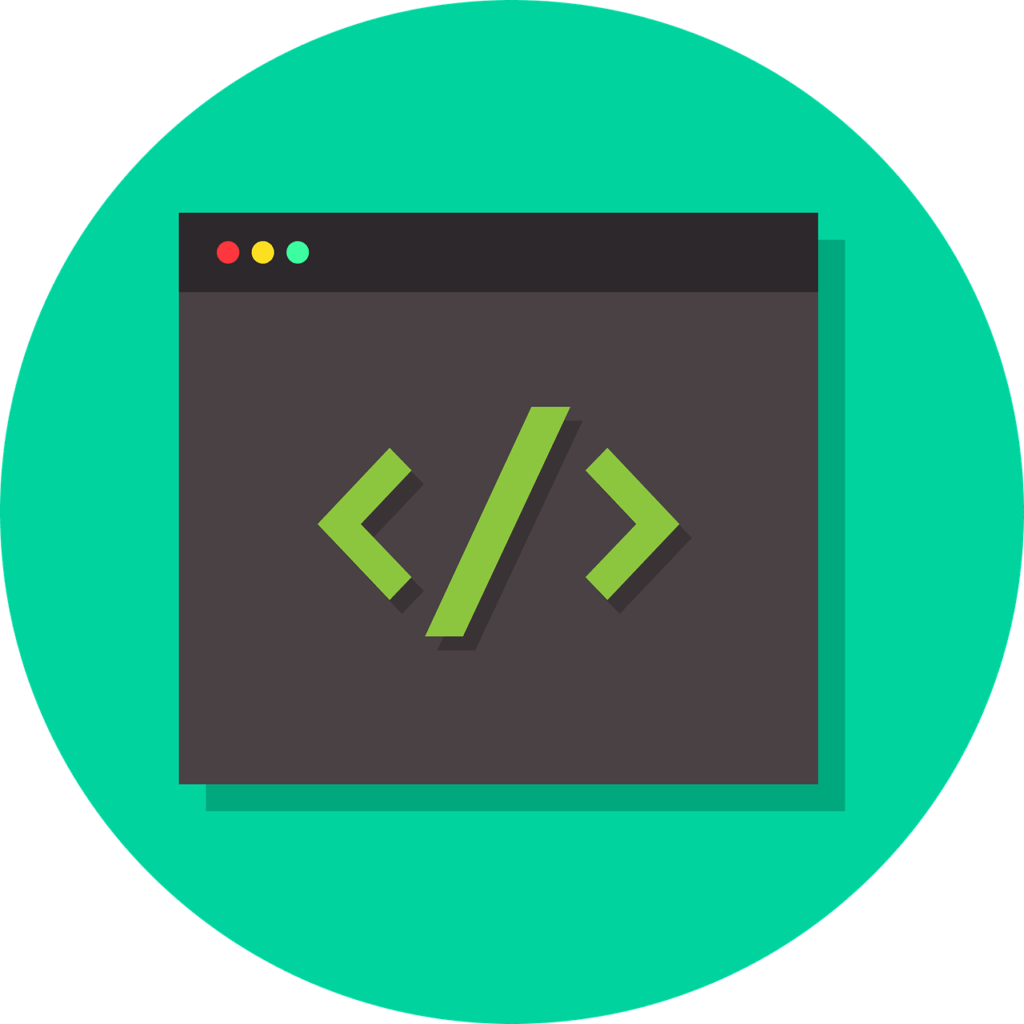Now Reading: Using venv in Python – Python virtual environments
-
01
Using venv in Python – Python virtual environments
Using venv in Python – Python virtual environments

Using venv in Python
A virtual environment is an isolated workspace for your Python projects.
It lets you install and manage packages without affecting your system-wide Python installation — perfect for avoiding dependency conflicts.
1. Create a Virtual Environment
From your project folder, run:
python -m venv venv
Here:
pythonis your Python interpreter-m venvtells Python to use the built-in virtual environment modulevenvis the folder name where the environment will be stored (you can call it anything)
2. Activate the Virtual Environment
Windows:
venv\Scripts\activate
macOS/Linux:
source venv/bin/activate
You’ll notice (venv) appears in your terminal prompt — meaning it’s active.
3. Install Packages Inside venv
Once activated, you can install packages just for this project:
pip install requests
These will be stored inside the venv folder, not globally.
4. Deactivate the Virtual Environment
To exit:
deactivate
5. Recreate an Environment from Requirements
If someone shares a project with a requirements.txt file:
python -m venv venv
source venv/bin/activate # or venv\Scripts\activate on Windows
pip install -r requirements.txt
Tip: Always add venv/ to your .gitignore file so it’s not uploaded to version control.












